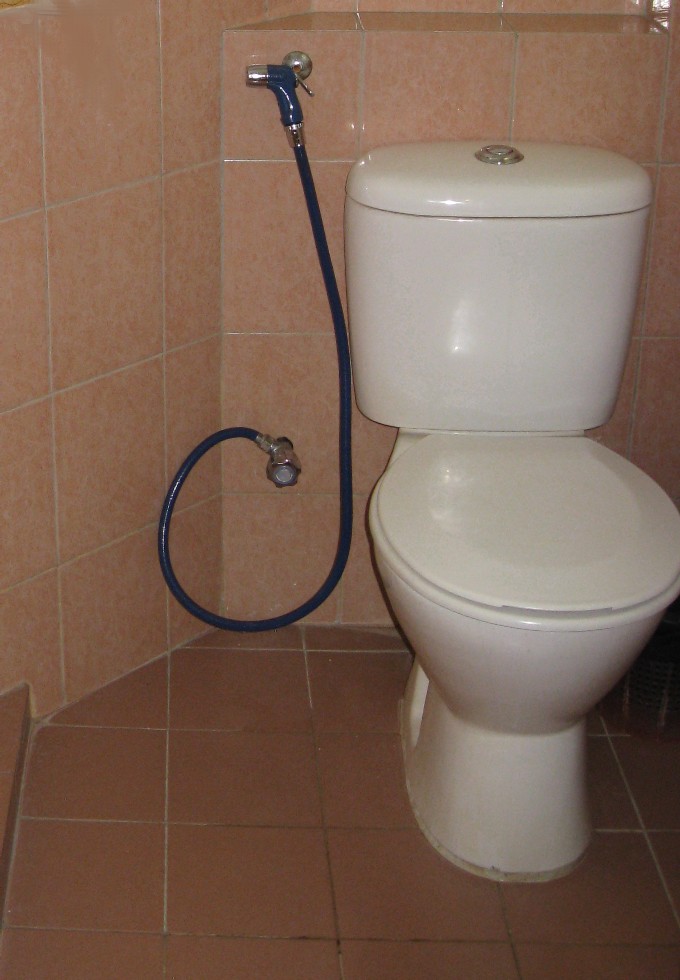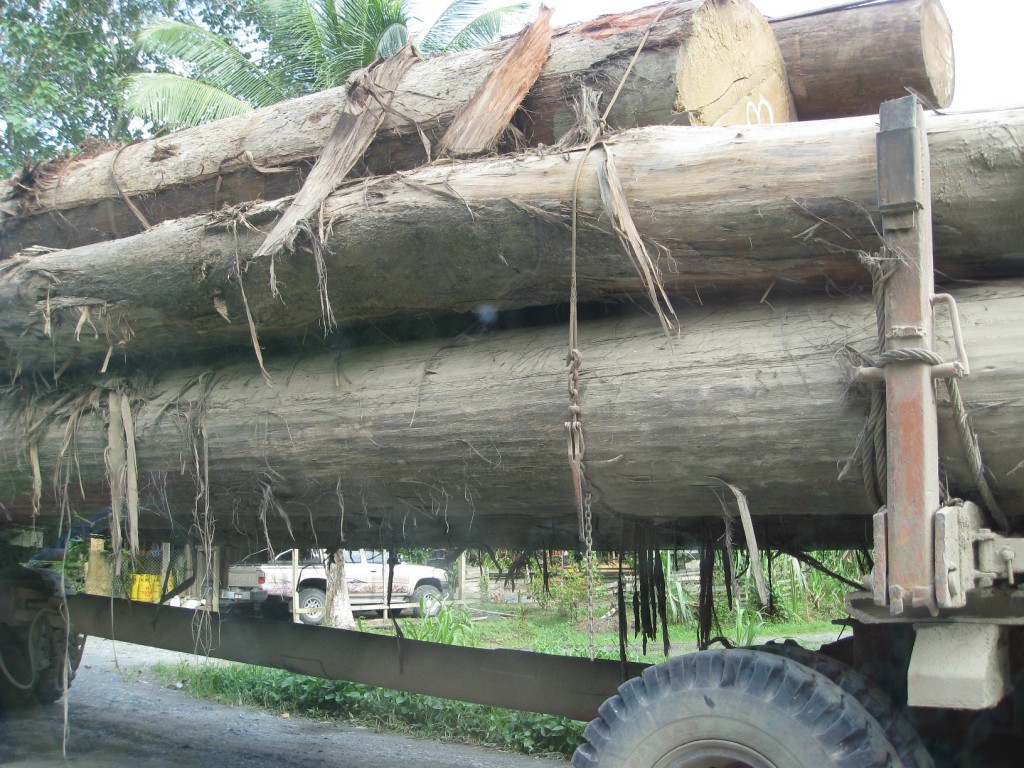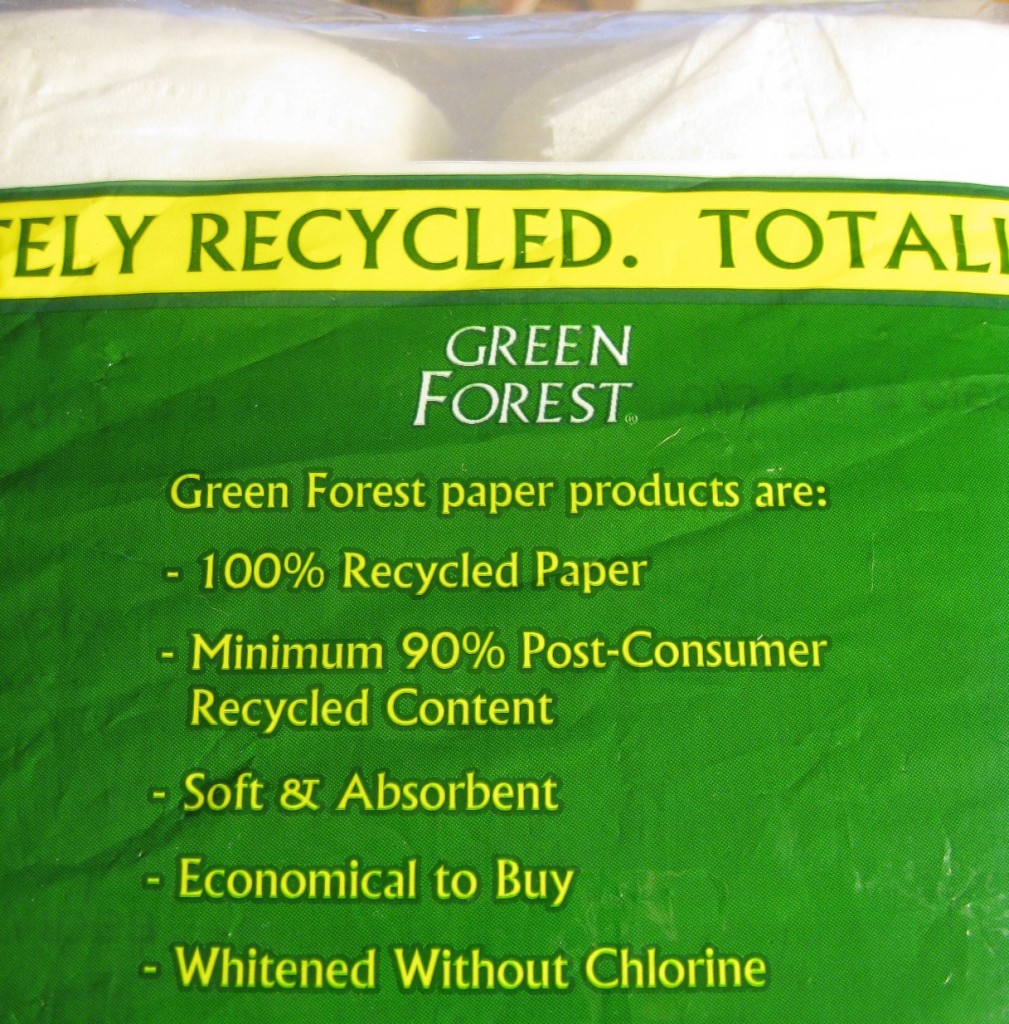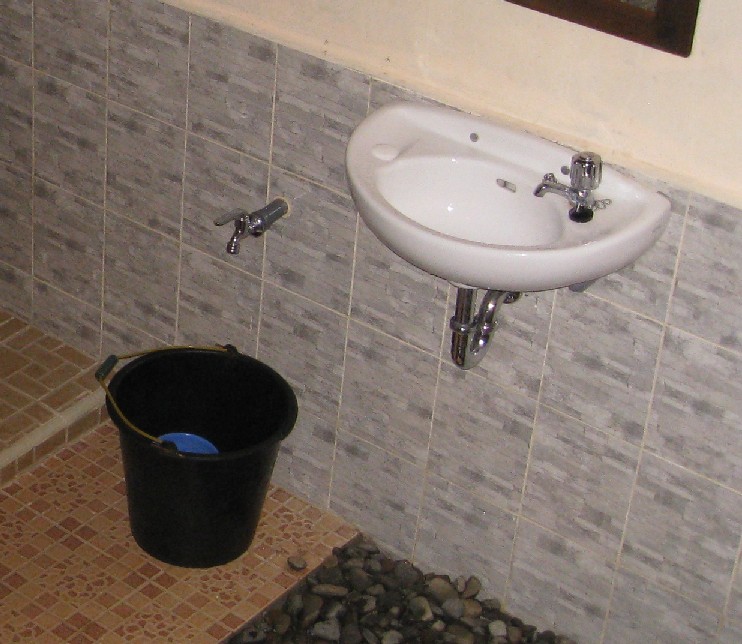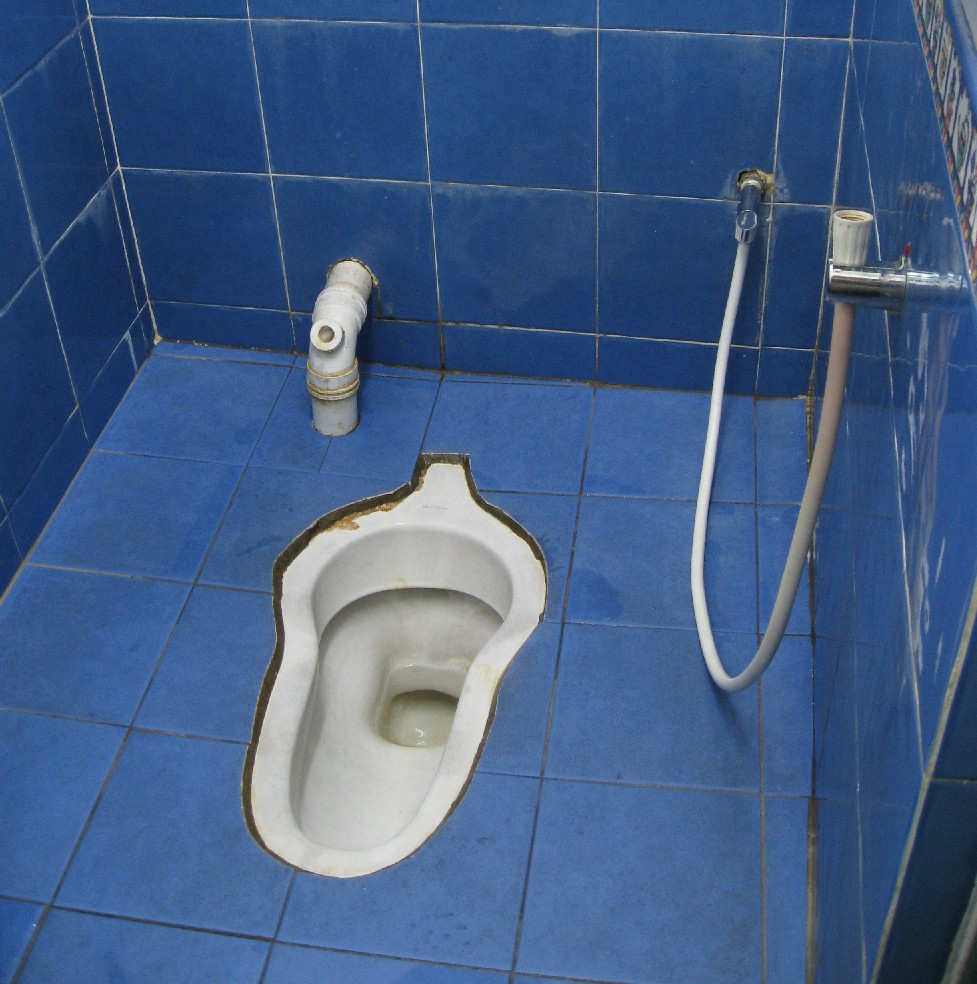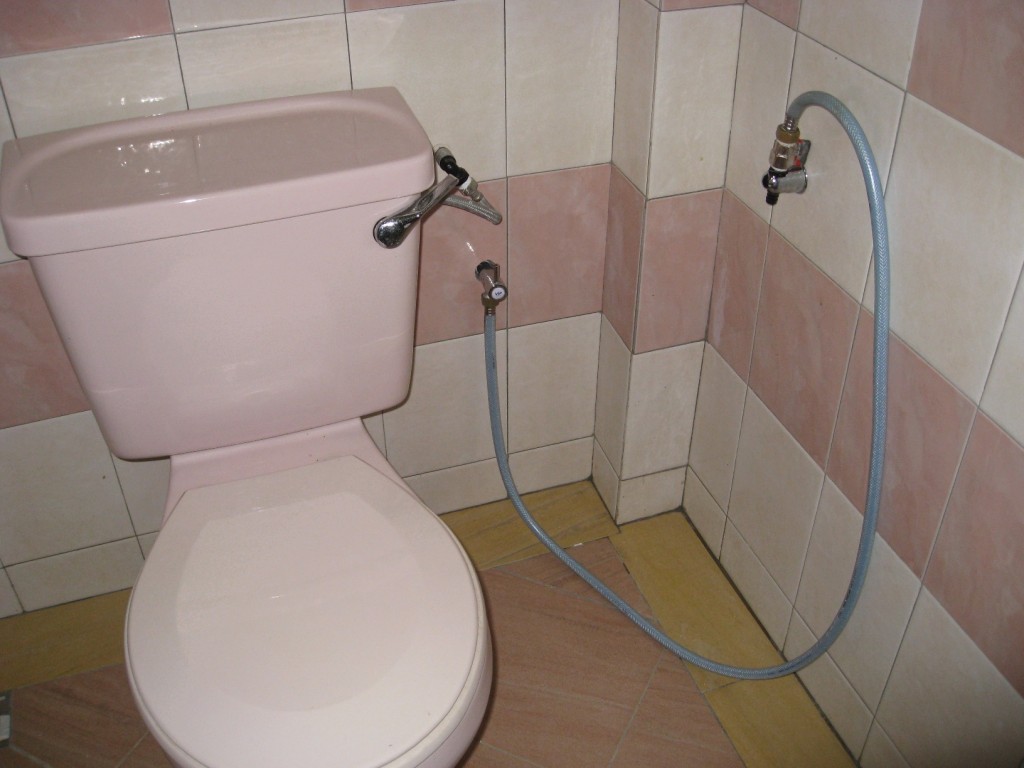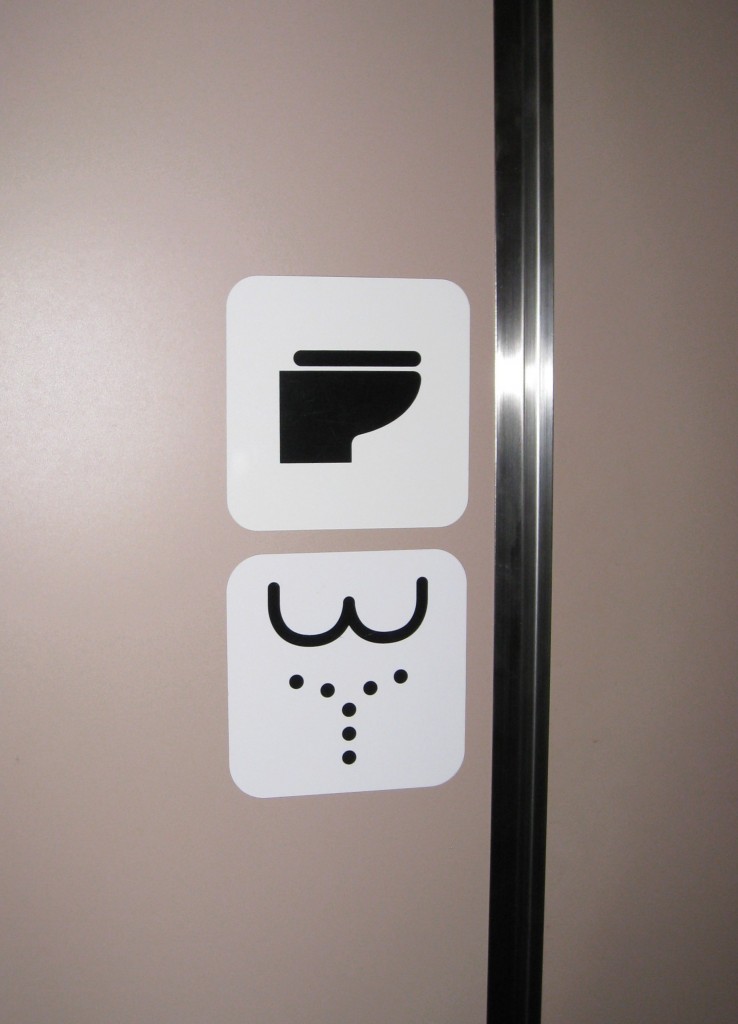This post now on the syndicated BasilandSpice and on Google News
We’re facing mass wildlife extinctions this century. One big reason: the human population explosion and resulting habitat loss.
You might be surprised to learn how our personal hygiene choices affect wildlife-habitat loss. Yes, I mean toilet paper. Toilet paper and you.
Americans flush 54 million trees per year. We’re #1!
According to the WWF, almost 270,000 trees are either flushed or wind up in landfills every single day. About 10% of that total is toilet paper. Since Americans lead the pack in resource consumption, it’s no surprise that we also use more toilet paper than anyone else. In 2005, North American consumption of toilet paper was 23 kg per capita – 6 times more than the world average of 3.8 kg per capita. Africa had the lowest use in 2005, at 0.4 kg per capita.
Boreal forests are the new targets
Trees of the Amazon, Southeast Asia, the Pacific Northwest and the southeastern US have been targeted by the pulp and timber industry for decades, but now the boreal forests of Russia, Alaska, Canada, and Scandinavia face the growing threat of chainsaws. According to an online magazine World Science, these boreal forests are 1/3 of the world’s remaining forested area and 1/3 of the world’s stored carbon. Yet the NGO ForestEthics reports that Canada’s old-growth and intact forests are being logged at a rate of 5 acres/minute, 24/7.
China plans to drape itself in tree plantations for paper
North America’s rate of toilet-paper consumption is stable, but the rate is increasing almost everywhere else, as developing countries aspire to Western ways. Between 1990 and 2003, China’s consumption of toilet paper grew by 11%. China is projected to become the fastest-growing consumer of all paper products, including toilet paper, and will soon lead the world in paper production as well. Unfortunately most of China’s future paper will come from tree plantations. I say unfortunately because tree plantations are generally non-native monocultures, managed with pesticides and consequently devoid of other plants and wildlife. They are biodiversity deserts. China’s “Great Green Wall” initiative aims to blanket the country with tree plantations, covering 42% of China’s landmass by the year 2050 with tree species that will produce usable fibers. Many of those trees will be planted in semi-deserts where they will deplete already-dwindling water supplies.
Solution #1: Post-consumer-recycled paper
Toilet paper can easily be made from at least 90% post-consumer recycled paper. Most companies just don’t bother to do it, apparently. Kimberley-Clark is the largest tissue manufacturer in the world. Their products are sold in 150 countries and their tissue is used by almost 20% of the world’s population every day. With so large a market, KC could save a great many forest habitats by making their products with recycled paper. Yet, according to Worldwatch Institute, Kimberley-Clark claims there is no advantage to using recycled paper. And so their tissue is made from virgin wood fibers. KC is not alone. There is little effort among toilet paper companies to change consumer preferences to more forest-friendly products.
Still, consumers can buy toilet paper made from recycled paper. Marcal makes tissue from recycled office paper, magazines and paper from residential recycle bins. Tim Spring, CEO of Marcal, says “Sixty percent of all paper ends up in landfills….We throw away enough paper to make toilet paper for a lifetime.” According to Marcal’s website, the company has saved 22 million trees since 2000 by using recycled paper.
My local supermarket does not carry Marcal. They do however carry toilet tissue called “Green Forest” manufactured by Planet Inc., in Victoria, B.C., Canada. The package says that it is “Minimum 90% post-consumer recycled content.” If you’re looking for recycled, the words “post-consumer” are important. Because manufacturers can and do claim “recycled” when all they’ve done is trim the uneven ends off their newly manufactured paper and throw the ends back into the vat of wood pulp to be stirred up and rolled flat again. Whereas “post-consumer recycled” (PCR) means that the paper was previously used by a consumer, as office paper or newspaper or whatever. (Toilet paper is the only paper that cannot be recycled, after use, into new paper.)
Great online guide to forest-friendly toilet paper
The Natural Resources Defense Council has a great Shopper’s Guide to Home Tissue Products that lists the percent post-consumer-recycled content of 10 to 19 brands in each category of home tissues (toilet paper, paper towels, napkins, facial tissues) and recommends which brands to avoid altogether (Charmin, Cottonelle, Kleenex, Puffs, Bounty, Viva). Very useful. I was interested to see that Green Forest is actually the best. The next-best brands of toilet paper listed are 80% PCR. And since we use Green Forest in my home (90% PCR), I can vouch that it’s as soft and good as any other brand I’m familiar with.
Solution #2: We learned in Asia that water works better than paper!
During the time I spent recently in two mostly Muslim countries in Southeast Asia, I was intrigued by the cultural reliance on water instead of toilet paper for personal cleaning. My husband and I were perplexed at first when we found that almost every bathroom we encountered in Malaysia and Indonesia had a bucket with a water scoop in it, often positioned under a faucet.
I’m still not sure exactly how the buckets and scoops are used, but it has to do with hygiene requirements of Islam. We didn’t use the buckets, as we’re not Muslim.
But most Southeast Asian bathrooms also had a hose coming out of the wall next to the toilet, even if the toilet was the kind where you have to squat over a porcelain hole in the floor.
Sometimes the hose had a simple nozzle or a nozzle with a squeeze handle similar to those many Americans have at their kitchen sink. (Photo at top of post shows squeeze handle.)
Bathrooms with hoses generally did not have paper of any kind. It’s customary to use the hose and sprayer instead. After a few weeks, we came to prefer the sprayer to paper. Later, in Tokyo, we saw the ultimate technology in the use of water for personal cleaning – the “Washlet.” The toilet itself squirts a stream of clean water on the user (from a small nozzle just under the back rim of the bowl) and has a blow-drying system as well!
If only the whole world would use water….
Ecologically, using water is a great solution. According to a quotation in the Worldwatch document cited below, the production of each roll of toilet paper uses 37 gallons (140 liters) of water. The average American uses 57 sheets of toilet paper per day, which requires 3.7 gallons of water just for the manufacturing process. Compare this to 0.03 gallons (0.01 liter) per use of the Japanese Washlet. Various hand-held squirt devices are estimated to use from 0.2 to 0.5 liters per toilet visit.
But even if, hypothetically, the squirting-water methods used the same amount of water as the manufacturing of toilet paper, they still don’t require the harvesting of trees. And the harvesting of trees at a non-renewable rate is the big problem with our reliance on toilet paper. The overharvesting of trees, or deforestation, is destroying wildlife habitats at an unprecedented rate. We’ve got to stop it within just the next couple of decades, before it’s too late for tigers and orangutans and all the other wild and wonderful critters on this planet.
Squirting devices are hygienic too
Personal washing devices are not only more forest-friendly, they’re also promoted as hygienic improvements over the rags, leaves, corn cobs, newspapers, and other items used in many developing countries – methods that often contribute to diarrhea and other health problems associated with poor sanitation. The Worldwatch article cited below describes several water-squirters for bathroom hygiene that can be used in areas without plumbing, such as the Tjebbi – a portable plastic bottle. It’s produced by Tjebok Health Care.
Nozzles please
We’re having some plumbing work done on a very old house we bought last spring. We plan to install in both bathrooms a hose and nozzle like the ones so prevalent in Southeast Asia. Maybe we’ll stop consumption of home tissues (toilet paper, paper towels, paper napkins, facial tissues) altogether. I like that idea.
If we decide to keep some t.p. around for guests, we’ll use the 90% PCR brand (Green Forest) our local store carries.
To learn how you can encourage sustainable forestry practices, check out these NGOs:
Worldwatch Institute
Earth Pulp and Paper
ForestEthics
Natural Resources Defense Council
Greenpeace
Rainforest Action Network
Dogwood Alliance
A major source for this post, with lots more stats and information:
Noelle Robbins. “Flushing forests.” Worldwatch Institute. June 2010.
A few of my previous posts about deforestation:
Plush toilet paper flushes old forests
Orangutans dwindle as Borneo, Sumatra converted to palm-oil plantations
